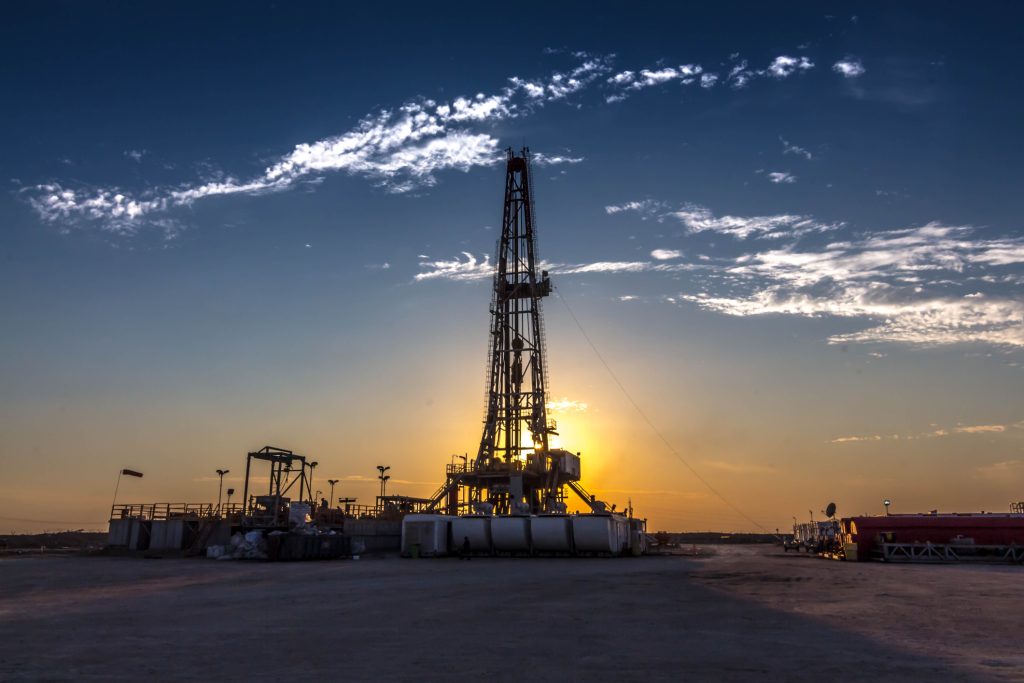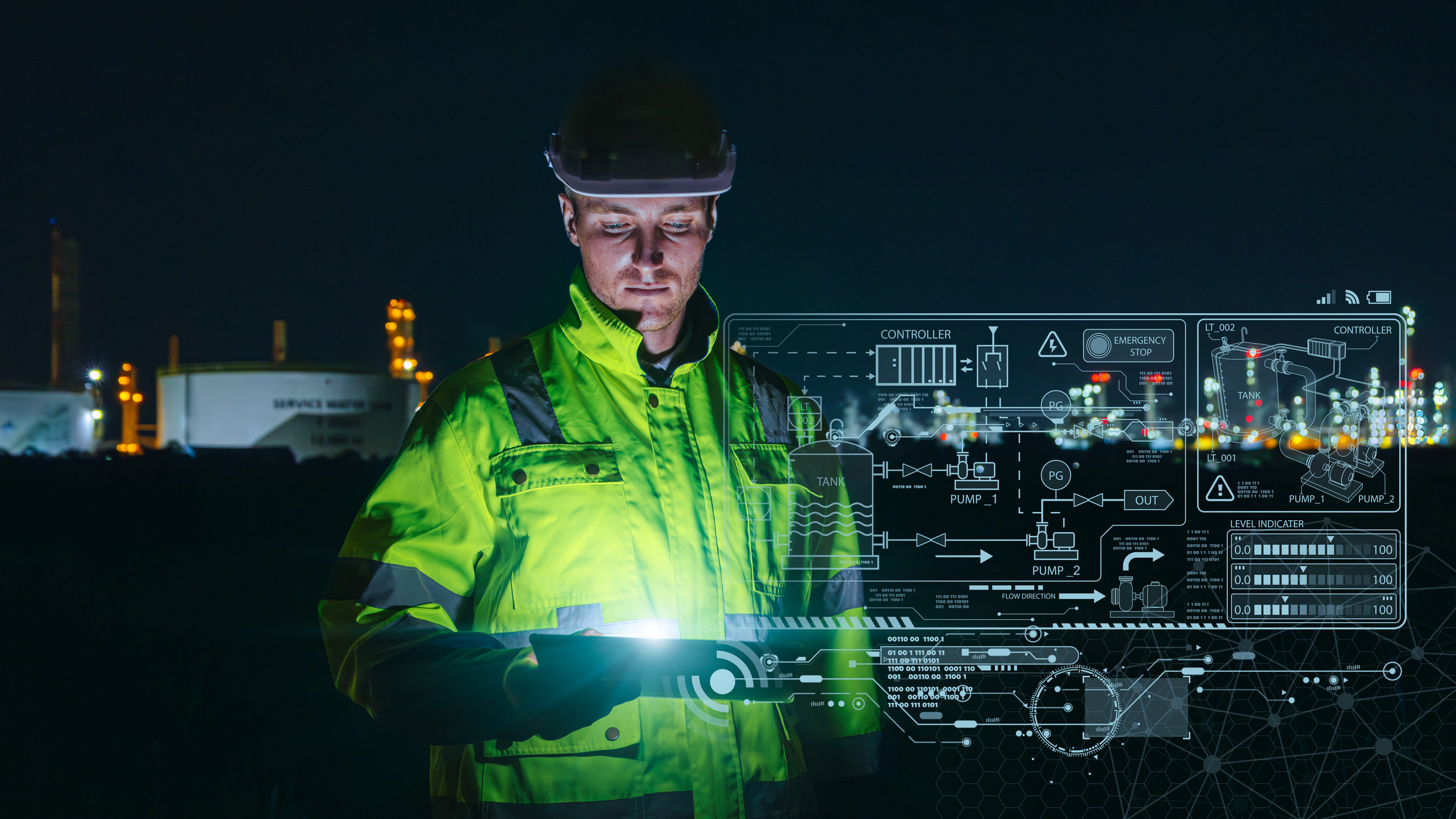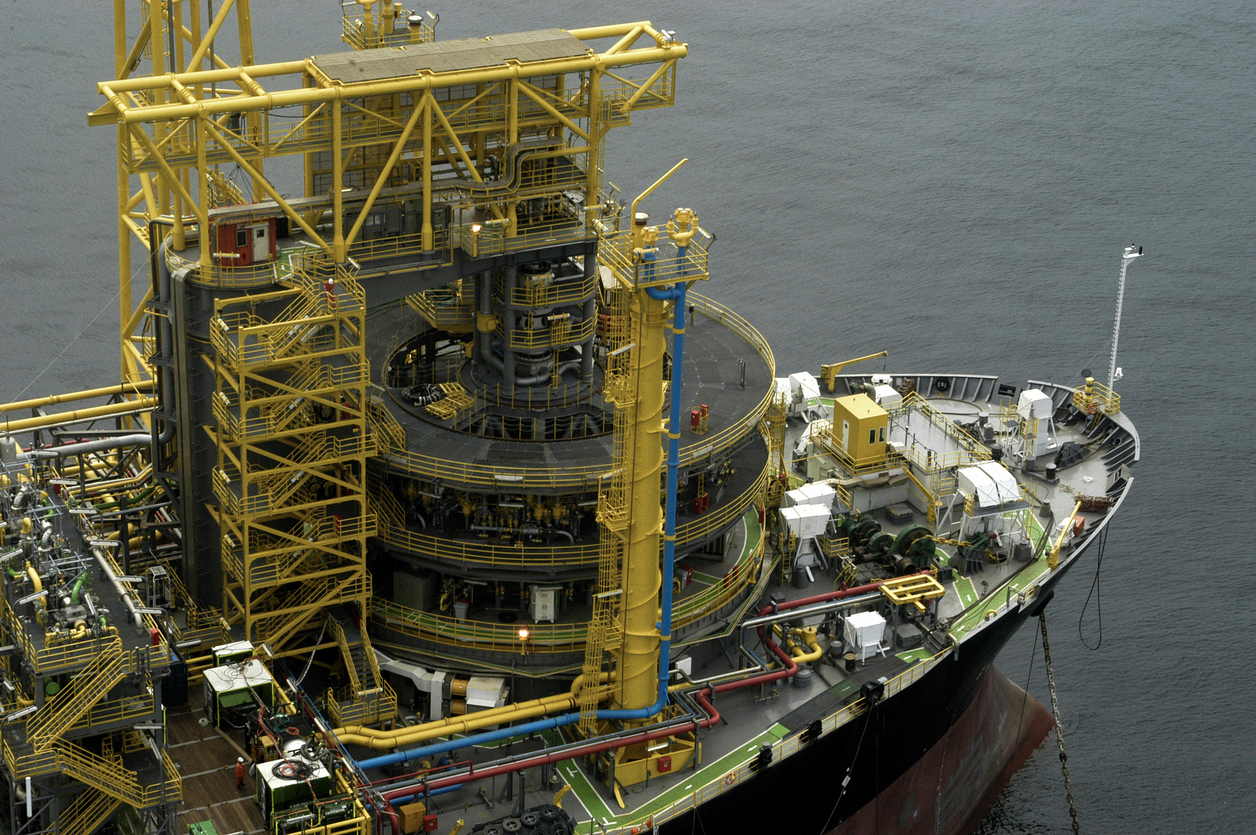Onshore drilling rigs are responsible for accessing underground reserves that supply a large part of the world's energy matrix, particularly in regions such as the Middle East and the United States, leaders in global hydrocarbon production.
With the growing demand for operational efficiency, safety, and cost control, onshore rigs are undergoing an accelerated modernization process. Technologies that were previously exclusive to offshore operations are now viable in onshore environments, with adaptations that favor mobility, automation, and continuous monitoring.
But how do these rigs actually work? What makes their operation safe and efficient in such diverse geographic and climatic contexts? Throughout this article, you'll understand the role of onshore rigs, the main types, their challenges, and how technology can help raise the safety and performance standards of these operations.
What are onshore drilling rigs?
Onshore drilling rigs are structures used to drill into the ground in search of underground oil or gas reservoirs. Unlike offshore operations, which take place offshore, onshore rigs operate on dry land, making them more logistically accessible and generally more economical to deploy and operate.
These rigs consist of a robust set of equipment, including a derrick, rotary table, drill strings, and mud circulation systems. Drilling occurs in stages, focusing on reaching deep geological formations where hydrocarbons are found.
Compared to offshore rigs, onshore rigs tend to have less structural complexity, but face other challenges, such as frequent movement between wells and exposure to remote or unstable environments. Furthermore, they are susceptible to operational risks involving their surroundings, such as intrusions, personnel accidents, and logistical problems.
Types of onshore rigs
Onshore drilling rigs can be classified into different categories, depending on the technology employed and the purpose of the operation. Each type of rig meets a specific field demand, directly influencing the productivity, efficiency, and safety of drilling activities. Below, learn about the main types used in onshore operations:
1. Conventional Drilling Rigs
Conventional rigs are the most traditional and widely used in onshore operations. They employ a mechanical, rotary system to drill the ground, using a derrick to raise and lower the drill pipes. They are recommended for vertical and deep wells, with good stability and drilling capacity in varied terrain. Although they require more robust logistics for assembly and transportation, they remain at the heart of many oilfield operations around the world.
2. Directional Drilling Rigs
Directional rigs allow drilling wells that don't follow a single vertical line, but can be deflected at specific angles to reach underground targets with greater precision. This technology is essential in congested fields, where multiple wells are drilled from a single platform, or in locations with environmental and surface restrictions. Furthermore, it offers the possibility of accessing hard-to-reach reserves, reducing impact on the ground and optimizing oil recovery.
3. Hydraulic Fracturing (Fracking) Drilling Rigs
Hydraulic fracturing, or fracking, rigs are designed to operate in low-permeability geological formations, such as shale. After drilling, these rigs use high-pressure pumps to inject fluids underground, fracturing the rocks and releasing the trapped hydrocarbons. This technique has revolutionized onshore production, especially in the United States, enabling the exploration of vast unconventional reserves. However, it requires specialized equipment, rigorous risk management, and constant environmental monitoring.
4. Coiled Tubing Drilling Rigs
Coiled tubing rigs stand out for their ability to drill and perform interventions in existing wells more quickly and with less structural intervention. Instead of segmented tubes, they use a long, continuous metal tube that is inserted and removed from the well without the need for manual disassembly. They are ideal for maintenance operations, re-entry into old wells, and low-impact drilling. In addition to reducing time and operating costs, they increase worker safety by requiring fewer manual movements.
Each of these technologies plays a strategic role within the onshore industry. Choosing the right rig type directly impacts operational results, crew safety, and the sustainability of the project as a whole.
Operational challenges and requirements
Onshore operations face their own set of challenges. Even though they're on solid ground, there are still risks that must be monitored and mitigated, both to people and property.
- Risk environments: Rigs may operate in isolated locations, with extreme weather conditions and a high density of mobile equipment. The movement of cargo and equipment, the use of heavy machinery, and the constant presence of employees in red zones create a high-risk scenario;
- Occupational Safety: Accidents related to fatigue, communication failures, or incorrect use of PPE continue to be the main causes of injuries in onshore operations. Safety management requires constant monitoring, frequent training, and well-defined protocols;
- Property security: High-value equipment, flammable materials, and strategic supplies make the site vulnerable to theft, break-ins, or vandalism, especially in remote areas;
- Maintenance and continuity: The unavailability of critical equipment directly compromises production and increases operating costs. Failures can interrupt operations and generate significant losses.
Therefore, monitoring the environment, both operationally and behaviorally, is essential for companies seeking excellence in productivity and safety.
How smart monitoring can contribute to onshore operations
Intelligent monitoring is an approach based on the use of cameras and artificial intelligence to analyze data in real time and generate real-time risk alerts. Its application in the oil and gas industry has grown exponentially in recent years.
Among the main advantages for onshore operations, the following stand out:
- Increased safety in risk areas (red zones): Through cameras and intelligent video analysis, it is possible to monitor unauthorized access or improper permanence in danger zones, such as areas close to cranes, pressurized tanks or suspended loads;
- Asset protection: In isolated locations, intelligent monitoring helps detect intrusions and thefts, triggering real-time alerts for security teams;
- Decision-making support: Real-time alerts enable rapid response to risk situations, preventing them from becoming more serious events.
Conclusion
Onshore drilling rigs remain an essential pillar of global oil and gas production, especially in countries that prioritize onshore exploration for its logistical and economic viability. However, operating safely, efficiently, and with control in onshore environments requires more than technical expertise.
It's essential to combine planning, risk management, and, above all, the intelligent use of technology. Intelligent monitoring is consolidating itself as a strategic tool for protecting people, assets, and processes, ensuring that production not only continues but evolves with greater control and fewer surprises.
If your company operates onshore drilling rigs and is looking for ways to increase safety and operational efficiency, talk to our experts. ALTAVE is ready to support critical operations with reliable, robust, and scalable technology.
About ALTAVE
ALTAVE offers intelligent monitoring solutions that increase safety in critical operations, protecting people, assets, and processes. By combining cutting-edge technology with automated analysis, it is possible to identify risk situations in real time and prevent accidents before they happen.
With real-time monitoring, intuitive dashboards and 24/7 support, ALTAVE contributes to operational safety and the protection of lives and essential resources. The company has patented technologies in Brazil and abroad, and is present around the world, serving sectors such as Defense and Security, Energy, Mining, Ports, Agribusiness and Oil and Gas.
Recognized for its strategic relevance, ALTAVE is accredited as a Strategic Defense Company by the Brazilian Ministry of Defense and a supplier to Petrobras.
Let's have a chat?
Contact us to learn more about how our solution can help your company!





